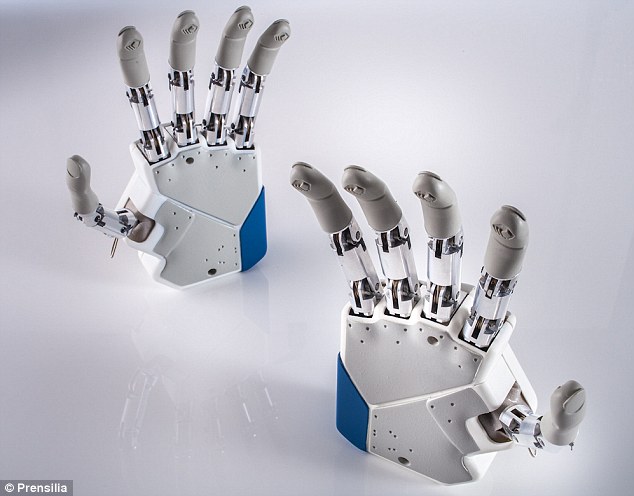For years, artificial limbs have made it possible for amputees to move their attached arms or legs using their nerves. Now, with this bionic hand, new technology gives hope for patients, allowing them hand movement as well as feeling and sensation.
This bionic hand was the brainchild of Dr. Silvestro Micera and his team from Ecole Polytechnique Federale de Lausanne (EPFL) in Switzerland. The prosthetic is attached to the amputee’s arm, where electrodes are clipped onto his nerves. One set of electrodes receive signals from the brain to the hand, allowing the hand’s fingers to move and grasp objects. Another set of electrodes send signals from the hand to the brain, sending the message of tactile perception or touch.
In this way, the patient not only gets to hold or grasp an object with the bionic hand, but also feels that it is holding that particular item. Dr. Micera explains that this development with sensory feedback greatly assists patients with artificial limbs because the lack of feeling often poses a discomfort to them.
Currently, the EPFL team is working on perfecting the device. Soon, the bionic hand may feel sensations besides touch, such as temperature or pain. Eventually, artificial limbs can be created to resemble that of real limbs, not only in appearance but also in function. Dr. Micera mentions that they would like these limbs to be “as lifelike as possible.”
According to the researchers from EPFL, they are planning to transplant this bionic hand to an anonymous patient before the end of the year 2013. One can only hope that future advancements in this medical field will help more patients lead normal lives.
To learn more about how technology can help patients and the prosthetics that can help them, check out: the X-finger, real bionic hand video, and man with a smartphone dock on his prosthetic arm.
Via Daily Mail












